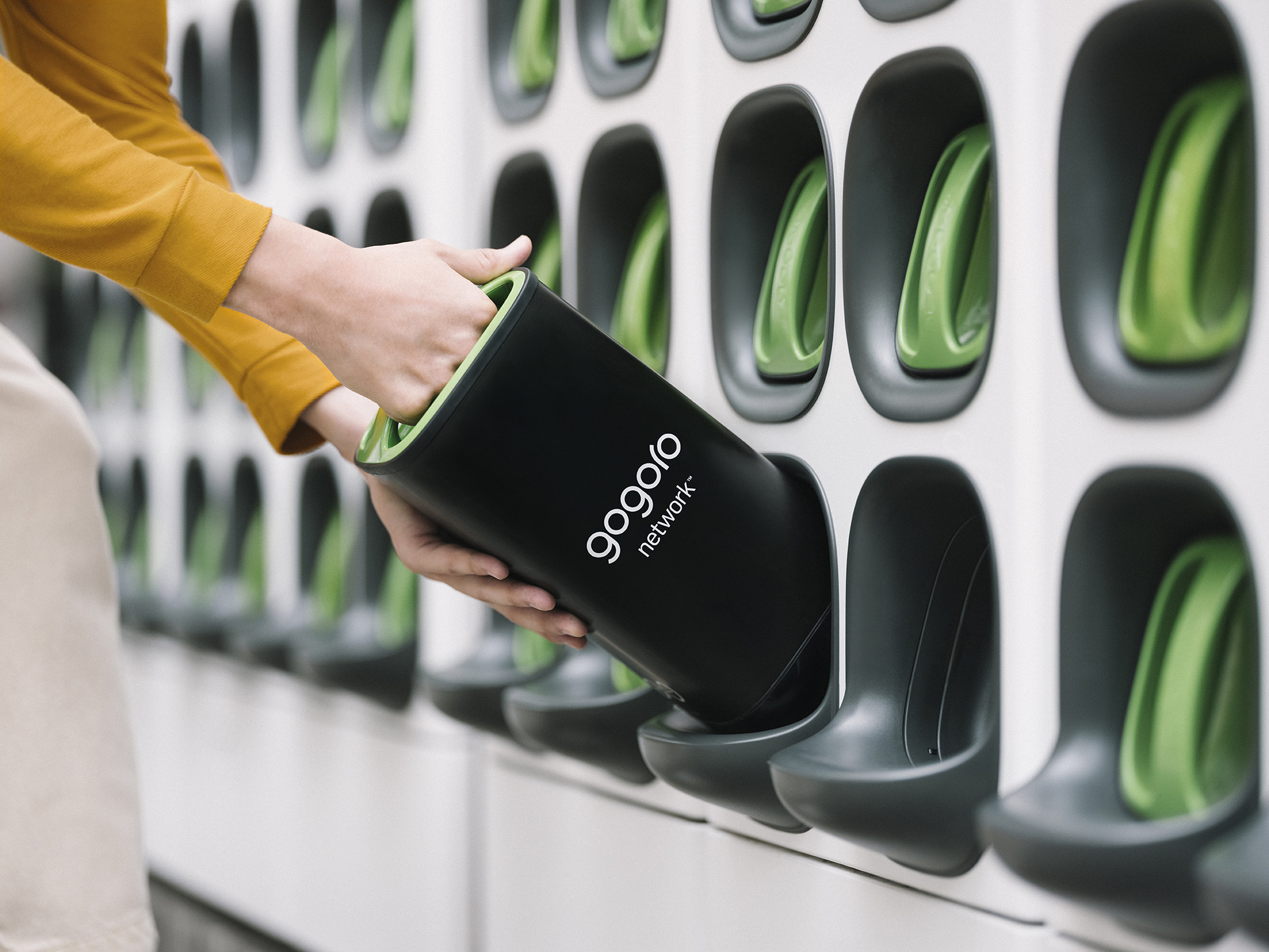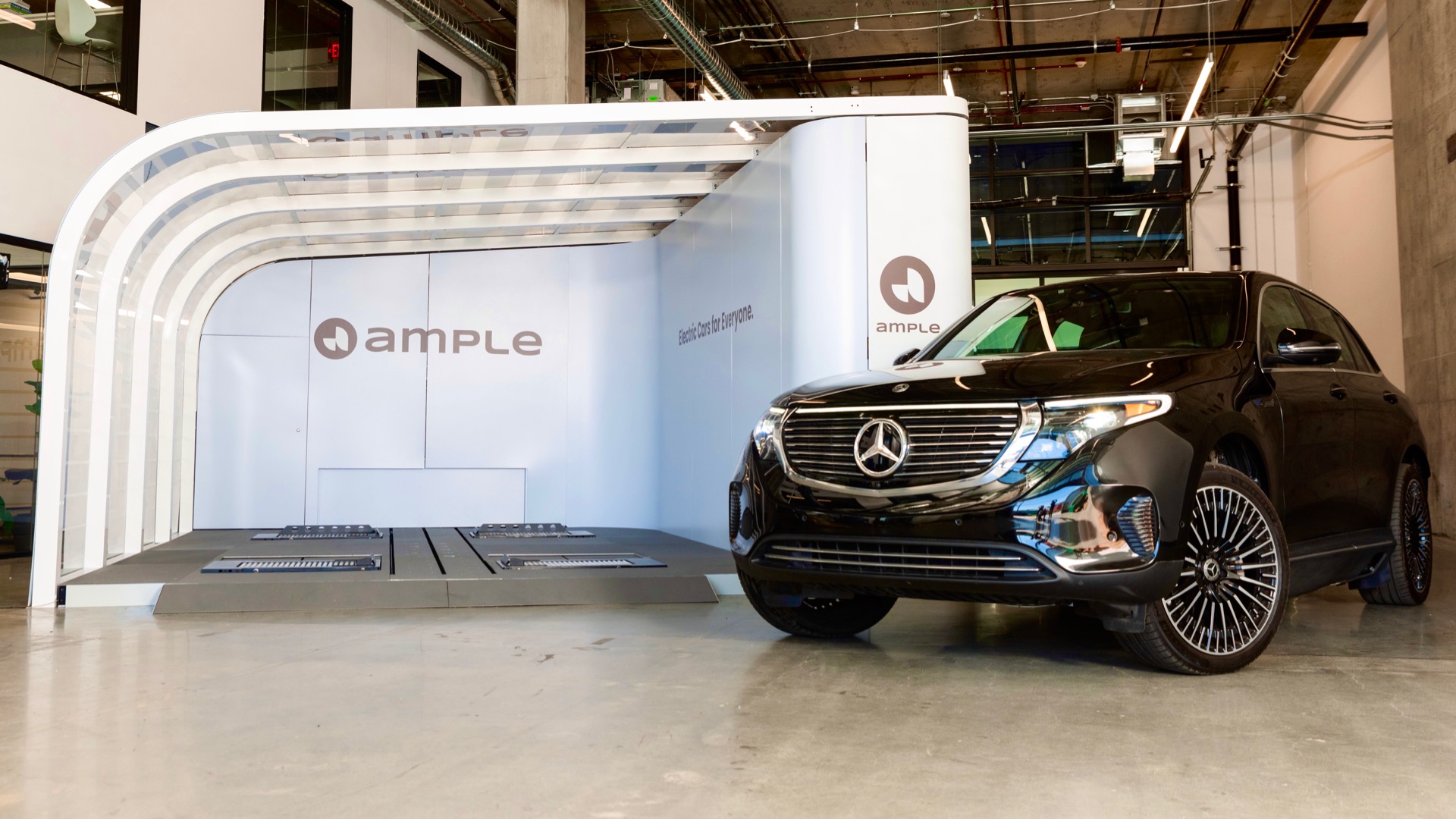These days if you have got even the vaguest interest in the automotive world it’s impossible to ignore the fact that the pace of electric vehicle integration is accelerating rapidly. And it’s not just Tesla either. Just about all the major car manufacturers, plus several independent companies now have one or more electric vehicle options either already on the road or in the final stages of development.
Not everyone has a driveway to park the car and plug in overnight though, and even the fastest public charges take around 20 minutes to fully charge an EV battery, which still seems to be something that puts many people off taking the plunge.
Now though, there is an alternative way to get a fully charged battery in about the same time as it takes to fill up your tank with fossil fuel. It’s an idea that only a few years ago seemed like a fanciful piece of science fiction, but which has now actually become a reality. I am talking about the concept of battery swapping.
So will this be the catalyst the industry needs to accelerate the revolution to clean green energy transport for everyone, or will our cautiously conservative car companies ensure it remains just another pipe dream that falls by the wayside?
The basic idea behind battery swapping is really very straightforward indeed. You take your vehicle to a swap station, hand in your discharged battery, get a fully charged replacement and drive off into the sunset. Sounds a bit too good to be true, doesn’t it?
This probably means there is some pros and cons that we need to delve a bit more deeply into. So let’s do that.
In the light EV category, battery swapping appears to have scored a bullseye, gaining acceptance and rapid adoption, especially in urban environments where space is tight and most folks live in apartments with no outside charge in space.
The world’s largest battery-swapping network is run by a Taiwanese scooter maker called Gogoro. They have just announced a major partnership with two of China’s biggest motorbike manufacturers DCJ and Yadea, who have agreed to make scooters and bikes using Gogoro’s interchangeable battery system and drivetrain.
It’s not hard to see why it’s popular for two-wheel riders either. It really couldn’t be simpler. You just park up next to a battery wall, pull out your discharged unit, log into the system, push your old battery in, pull out a fresh one and off you go. It’s even quicker than filling up the tank with fossil fuel.
The swap stations allow Gogoro to reduce the initial purchase price of their scooters, with Gogoro maintaining ownership of the batteries. It’s a business model known as Battery as a Service or BAAS and it effectively lowers the price barrier to entry for riders switching to electric scooters and motorbikes.
Gogoro’s next target is the vast market of India, where they have partnered with that country’s biggest bike maker Hero Motor Corp. That gives them exposure to two countries with a combined population of nearly 2.8 billion people, many of whom ride motorcycles.
Gogoro does have a rival though in the form of the very well-established Taiwanese motorbike manufacturer Kymco. They have developed their own swapping system is called Ionex and they already have over 2000 swap stations in Taiwan.
Things get a lot more complicated though as we move up a category. Billions of dollars have been spent by all the major auto companies perfecting electric drive trains and bespoke battery packs that integrate seamlessly into their vehicle’s bodywork, often acting as a structural element providing crucial rigidity to the chassis.
So the idea that they might all ditch their designs and move to some sort of standardized battery size and shape so that any EV owner could simply take their car to any swap station safe in the knowledge that a compatible battery would be available seems a little fanciful at this stage.
I mean, God forbid that the automakers should ever do anything with the end consumer’s best interest at heart.
Despite that apparently insurmountable obstacle, several brave pioneers have dipped a tentative toe into the hazardous lagoon that is the electric car battery swapping market. The largest of them so far is NIO – another name you’ve probably never heard of. I’m sure it won’t be a huge shock to you if I tell you that they are a Chinese company too.
The Chinese car market is by far the largest in the world and electric vehicles now make up almost 10 percent of annual sales there. NIO is China’s top EV manufacturer and buoyed by a decision from the Chinese government to approve a national EV battery swapping standard it’s now partnered with one of the world’s largest battery makers, CATL, to create the Weineng Battery Asset Company offering a battery as a service model for the NIO EV range.
It’s a very attractive package for the car owner too. If you sign up for the battery swap scheme you get around twelve thousand dollars off the purchase price of your new car and then pay a monthly subscription of about a hundred and fifty dollars for the battery service pack, which includes unlimited free swaps plus any battery upgrades.
Whenever the vehicle battery is running low the driver checks an app to find the nearest swap station with available batteries. Then they drive up to something that looks a bit like a glorified car wash. Where, in less time than it takes to get soap, rinse and wax, computer-controlled robots drop out your discharge battery pack and replace it with a fully charged one. And that’s it. You get the green light and drive off.
NIO reckon the whole thing takes about three minutes. You pay nothing at all at the swap station because it’s all covered by the monthly lease plan. And if you buy a second-hand NIO then you can still use the service by paying about 12 pence per kilowatt-hour, which is about $8.00 for a fully charged battery.
You don’t have to rely solely on the swap stations either. If need be, the driver still has the option of charging the batteries in the normal way using the socket on the side of the car.
One of the big plus points for the swap system is that the discharge batteries can then be charged slowly which helps to minimize battery degradation and maximize operational lifespan, and the operator can choose when to charge the batteries up which allows them to aim for off-peak times to keep the cost to a minimum.
It also means they can opt to take power from 100 percent renewable sources because they have got the luxury of waiting until the times of day when those resources are available, and on top of that creating modular batteries that can easily be swapped out makes it a whole lot easier to repurpose them as stationary energy storage when they reach the end of their useful life in EVs.
At the start of 2021 NIO had swap stations in 64 Chinese cities and claimed to have completed more than 800 000 battery swaps. They are building a new station every single week this year with plans to build another 300 in 2022. They have got some competition though in the form of the Chinese multinational automotive company Geely technology group.
They have got a thousand swap stations in China. The stations themselves are pretty funky looking and Geely claims to have got their swap overtime down to only 60 seconds, which includes a check on the state of charge of the old battery. The driver then pays the difference between that and a fully charged replacement. A typical swap over costs about seven pounds, which is a little under ten dollars.
In the United States, Tesla saw the technical advantages of battery swapping systems very early on, and in 2013 Elon Musk introduced the service for the Model S. What he found though, was that most folks who can afford a Tesla can also afford their own home with a nice big driveway or garage where they can charge their vehicles overnight.
So unless they were on a very long journey they really didn’t need to use public charges or battery swaps. Tesla only built one swap station in the end, and that was in a fairly remote location. As a result, virtually no one used it during the 12 months it was in operation. Tesla ditched the idea and concentrated on building out their now very impressive network of superchargers instead.
Those superchargers are extremely expensive though, and the infrastructure required to support them is enormous. By contrast, battery swapping stations are relatively easy units to drop in place, plugin and get started. So it still does remain a tantalizing proposition if only an operator could find the right gap in the market.
And that’s where a U.S startup company called Ample comes in. Unlike the Chinese business model, Ample is not aiming at private vehicle owners. They are going after the commercial light duty EV sector. In other words, commercial fleets and taxis.
The big advantage of fleet cars is that they drive pretty much the same predictable amount of time each day. They may not have enough range to last the whole day, and any downtime is lost income. Ultra-fast charging in 5-10 minutes is not yet available at any practical scale and in any case, it brings in that potential problem of accelerated battery degradation, so battery swapping looks like an attractive option for fleet owners.
Ample currently operates five swap stations in the Bay Area of San Francisco. The setup is very similar to the Chinese model but Ample have developed their own 2.5-kilowatt hour battery modules which they say one day could be used by all vehicle manufacturers. For now, though, they claim to have struck deals with five separate car makers covering nine different electric vehicle models.
They haven’t confirmed exactly who those manufacturers are, but Nissan, Kia and Mercedes look likely to be three of them. Those nine vehicle models will either use Ample’s battery packs in their construction or alternatively Ample have developed adapter plates that perfectly match the car’s architecture making their batteries fully compatible with each vehicle model.
Just like in China, the driver has an app to get them to the nearest station and a swap costs the equivalent of about 10 cents per mile – cheaper than gasoline, but slightly more expensive than a standard EV charger. Ample have also now partnered with Uber to provide the swap service to all their drivers. That’s a deal that could well take the service all over the US just on its own, so there is a good chance that Ample could succeed where others have previously failed. And if they can break the commercial light duty sector then there is an equally attractive place awaiting in the heavy-duty sector too.
Whether battery swapping ever becomes a reality for the average private vehicle owner around the globe is a matter of some debate. Issues like resale value and insurance premiums will no doubt play a big part in the decision-making process.
We don’t tend to have autocratic governments that can impose new systems on consumers either, in the way that China can, and convincing fiercely competitive rivals to all fall in line and standardize their vehicle’s battery architecture seems like a heck of a long shot.
But if the technology continues to grow in emerging markets like India & Asia then we could be looking at yet another turbo boost to the EV revolution.


